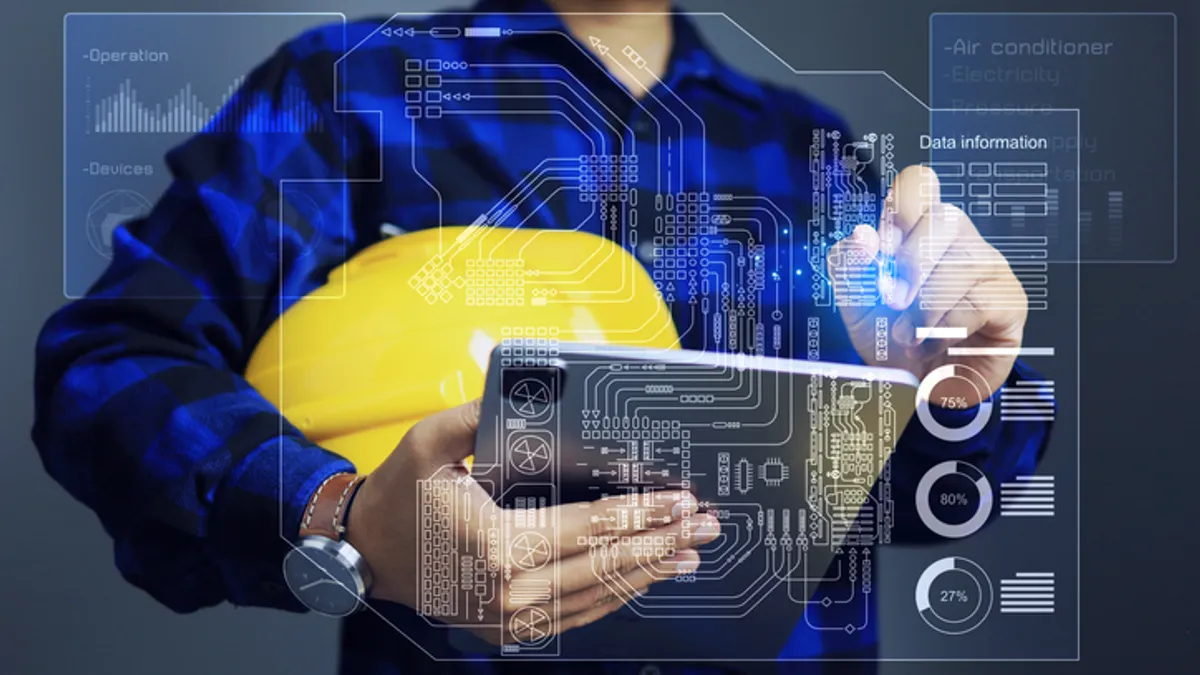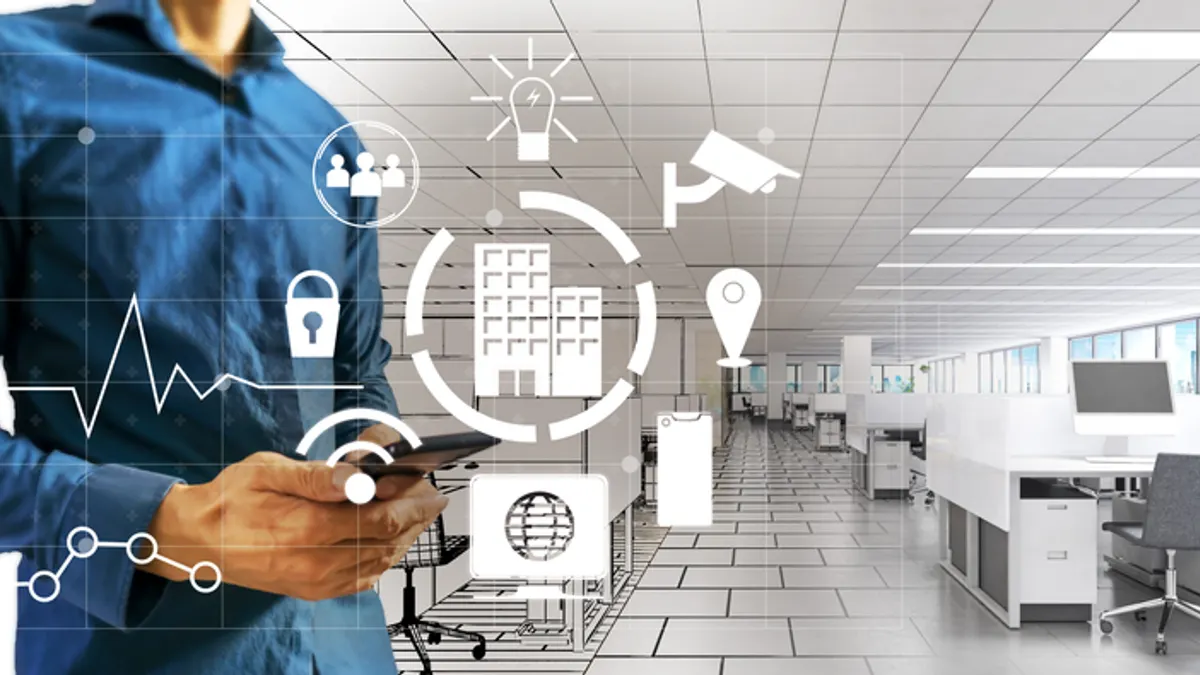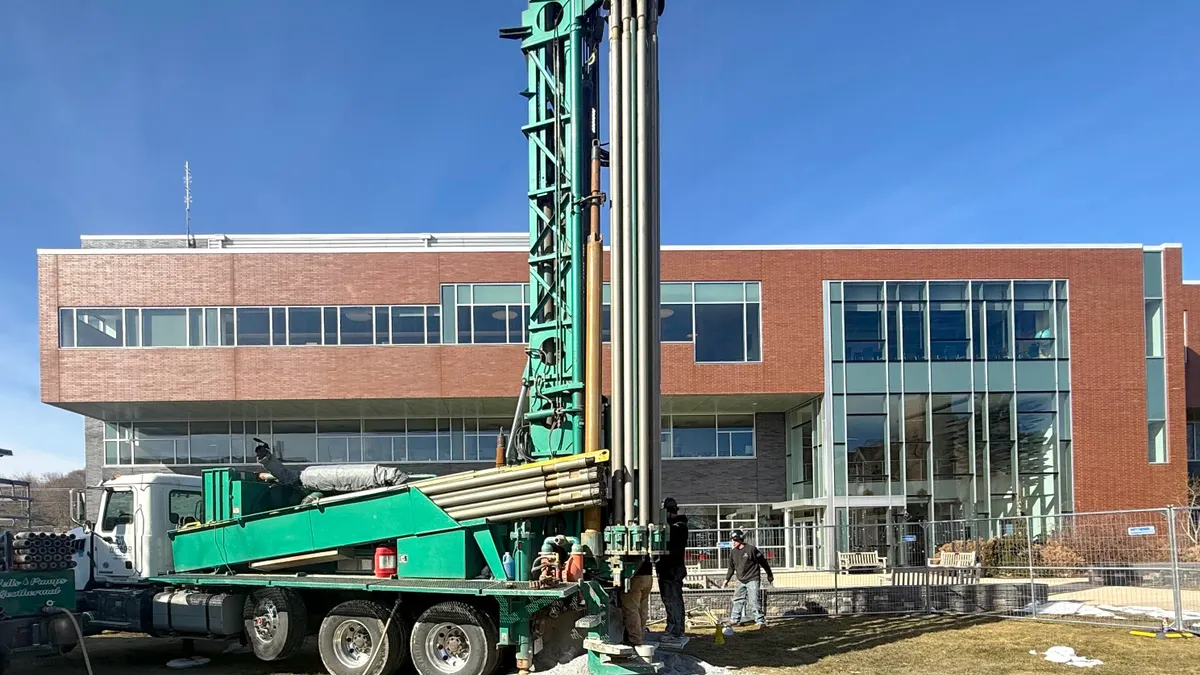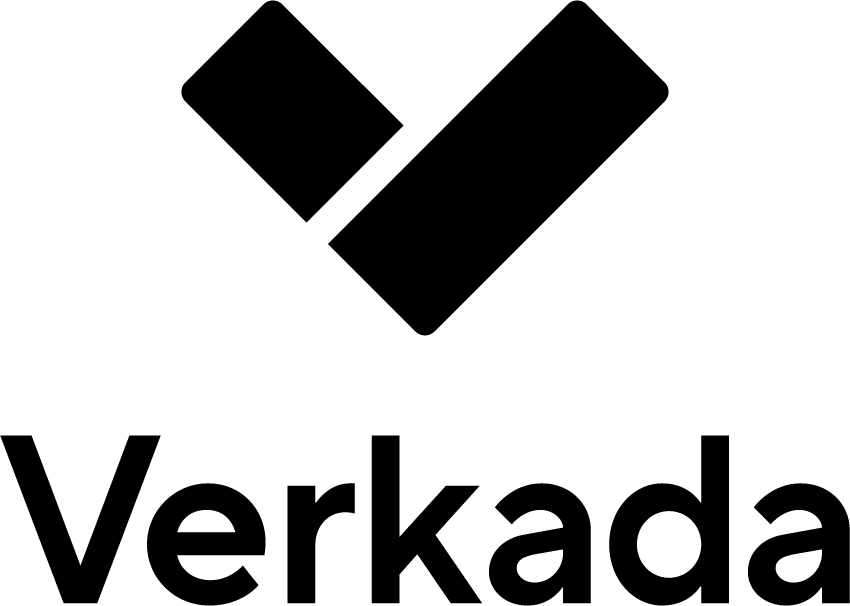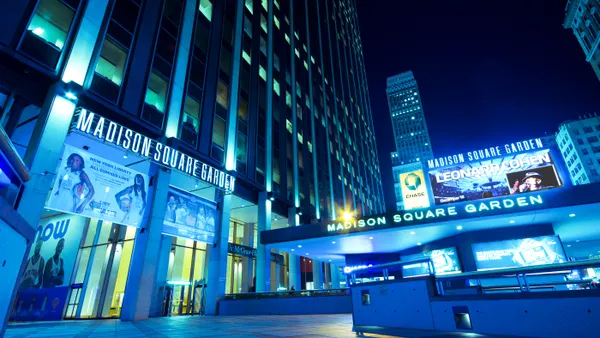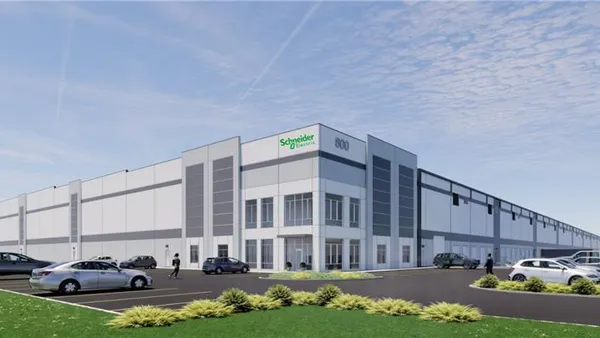Facilities managers must embrace building modernization to overcome aging infrastructure challenges and growing talent shortages, according to a report by Trane.
The report identifies eight business drivers impacting building technology decisions, including sustainability, operating costs, indoor environment, system reliability and uptime, energy efficiency, system interoperability and cybersecurity.
Three-quarters of commercial buildings are 25 years old, according to a 2018 U.S. Energy Information Administration survey, with most buildings using outdated controls technology, Trane says. At the time of that survey, 49% of all buildings were unconnected, older buildings, with 40% showing “some element of smartness” or smart technologies. Only 11% of buildings had integrated smart technologies or were reported as “fully integrated,” according to the EIA.
“The majority of buildings on the planet are not very smart. [They] are not connected or giving you that data you need to be able to make near real-time or real-time decisions,” Brian Haines, chief strategy officer at FM:Systems, said on an IFMA webinar on May 14 for World FM Day. “The reason that a lot of these buildings are lit up at nighttime is because cleaning crews have to go through and flip the lights onto the floor. It’s a manual process of going to turn everything off that just doesn’t get done,” Haines said.
At the same time, 27% of current workers are within 10 years of retirement, Trane says in the report, citing data from JLL. HVAC technician demand is also growing at 5% annually, creating 40,000 openings yearly through 2031, according to data from the U.S. Bureau of Labor Statistics.
To address these concerns, operators are working to implement building modernization and smart technology infrastructure to improve their facilities. Fifty-five percent of operators rank improving operational efficiency and reducing cost as their top priority, with 40% prioritizing sustainability practices and technologies, according to a survey by the Association for Smarter Homes & Buildings, in 2024.
“You’ve got a lot of dumb buildings that aren’t telling us anything. The key right now is that we’re at an evolutionary moment in the way we think about buildings,” Haines said. “The systems going into our buildings are getting smarter. We’ve seen a massive shift in things like lightweight IoT technologies that are really used to connect things like utilization and to understand how buildings are being used.”
Facility and system resiliency and reliability also remain a top focus, named by 53% of respondents, Trane says. Uptime and efficient operations also impact the bottom line, with 30% of the primary energy use in buildings wasted due to inefficient operations, per the report.
Downtime also presents a significant financial and operational risk to organizations, Trane says, noting that 20% of all outages could be prevented with equipment controls.
Due to these factors, every dollar invested in building modernization can return an average of $3 in operational savings over five years, Trane says, citing a 2022 McKinsey report.
“If you can better control your decision making process around construction and renovation, you can make a big impact in terms of overall carbon emissions,” Jennifer Heath, director of product marketing at FM:Systems, said on the webinar. “If you’re really … able to make changes based on actual utilization, you’re going to be making a much sounder investment and making a much wiser choice.”
In order to keep critical environments running, smart building technology can help to implement proactive monitoring, remote diagnostics, custom contingency planning and service level agreements that can extend equipment life with tailored maintenance plans, Trane says in the report.
“We all want to operate high-performance buildings that are beautiful, have a really positive workplace experience and a light carbon footprint,” Haines said. “We’re going to have to work hard to make that happen.”


